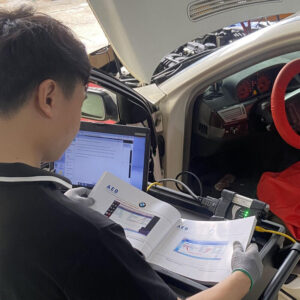

How to Perform ECU Remapping
Contents
- How ECU Remapping Works
- Step-by-Step ECU Remapping Process
- Step 1: Extracting ECU Data
- Step 2: Modifying ECU Maps
- Step 3: Flashing the Modified ECU File
- Step 4: Post-Remap Testing & Validation
- Essential Tools for ECU Remapping
- Benefits of ECU Remapping
- 1. Performance Gains
- 2. Fuel Efficiency Improvements
- 3. Better Throttle Response
- 4. Customized Tuning
- Risks & Precautions
- ECU Remapping for Different Vehicles
- Diesel vs. Petrol Engines
- Turbocharged vs. Naturally Aspirated Engines
- Popular ECU Brands That Can Be Remapped
- Professional vs. DIY ECU Remapping
- When to Seek Professional Help
- Training & Certifications for ECU Remapping
- Conclusion
- Get Professional ECU Remapping with AutoExplain!
ECU remapping, also known as ECU engine remapping, is the process of modifying the software inside a vehicle’s Engine Control Unit (ECU) to enhance performance, fuel efficiency, and overall drivability. By adjusting parameters such as fuel injection, ignition timing, and turbo boost pressure, ECU remapping can unlock a vehicle’s true potential while ensuring optimal engine operation.
How ECU Remapping Works
Step-by-Step ECU Remapping Process
Step 1: Extracting ECU Data
-
Connecting via OBD-II:
- Link a diagnostic tool to the vehicle’s OBD-II port (ISO 15765-4 for CAN-based systems).
- Read and extract the ECU’s original binary file (typically in
.binor.hexformat).
-
Bench Flashing (If Required):
- For encrypted ECUs (e.g., VW MQB platforms), direct OBD access may not be possible.
- In such cases, physically desolder the EEPROM and extract data using specialized tools like XProg-M.
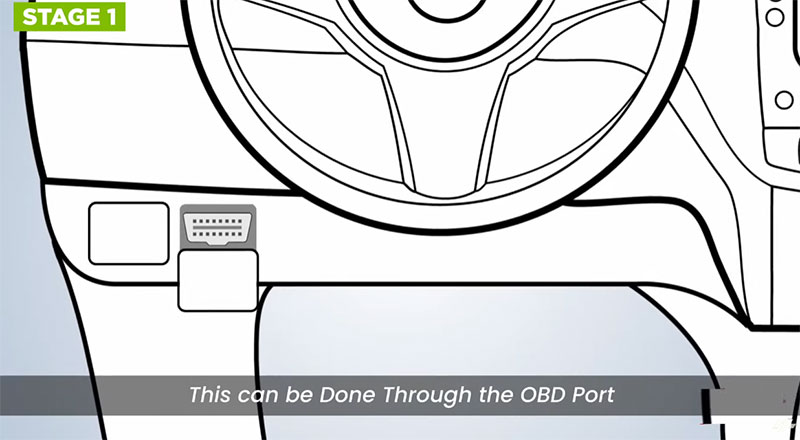
Step 2: Modifying ECU Maps
-
Identifying Key Parameters for Adjustment:
- Fuel Injection Timing: Adjust the injector pulse width based on MAF sensor inputs to optimize fuel delivery.
- Turbo Boost Pressure: Modify wastegate duty cycles to safely increase boost levels while maintaining thermal limits.
- Ignition Timing: Advance spark angles at higher RPMs, considering fuel octane ratings for optimal combustion.
-
Software Adjustments:
- Load the extracted ECU file into software like ECM Titanium or WinOLS for editing.
- Modify key maps such as torque limiters, lambda targets (typically between 0.85 – 1.05), and disable EGR/DPF if needed.
- Validate file integrity by recalculating checksums using CRC32 algorithms to prevent ECU rejection.
Step 3: Flashing the Modified ECU File
-
Writing via OBD-II:
- Upload the modified ECU file using tools like KESSv3 or Swiftec.
- Ensure a stable power supply (minimum 12.8V) during flashing to avoid data corruption.
-
Bench Reinstallation (If Applied):
- Solder the reprogrammed EEPROM back onto the ECU circuit board.
- Properly seal the ECU housing to prevent damage from external elements.
Step 4: Post-Remap Testing & Validation
-
Diagnostic Scanning:
- Check for any error codes (e.g., P0234 Overboost) that may have been triggered by the remap.
-
Dynamometer Testing:
- Measure horsepower and torque gains under controlled conditions.
- Monitor the air-fuel ratio (AFR), ensuring safe levels (e.g., λ ≈ 0.88 under wide-open throttle).
-
Road Testing:
- Assess real-world drivability, including turbo response, throttle sensitivity, and acceleration smoothness.
- Monitor knock sensor activity and overall engine behavior to ensure reliability.
Essential Tools for ECU Remapping
Before starting the remapping process, ensure you have the right tools and software for accurate data extraction, modification, and flashing.
-
ECU Programming Tools:
- KESSv3, K-TAG, or CMD Flash – Used for reading and writing ECU data via OBD-II or bench flashing.
- Magic Motorsport Flex – A versatile tool supporting both OBD and bench-mode tuning.
-
Software for Map Editing:
- ECM Titanium – A user-friendly tool for modifying fuel maps, ignition timing, and boost pressure.
- WinOLS – A professional-grade software for deep ECU map modifications.
- Swiftec – Commonly used for disabling DPF, EGR, AdBlue, and other components.
-
Diagnostic & Monitoring Tools:
- OBD-II Scanners (Autel, Launch, or VCDS) – To check for fault codes before and after remapping.
- Dynamometer (Dyno) – Measures power output and ensures safe performance gains.
- Wideband AFR Gauge – Monitors air-fuel ratio to prevent engine knock and optimize efficiency.
-
Hardware Tools:
- Battery Stabilizer (12.8V – 13.2V) – Maintains voltage stability during ECU flashing to prevent failures.
- Soldering Station & EEPROM Reader (XProg-M, FGTech Galletto) – For bench flashing on encrypted ECUs.
Benefits of ECU Remapping
1. Performance Gains
Remapping allows for a noticeable increase in horsepower and torque, leading to faster acceleration and improved throttle response.
2. Fuel Efficiency Improvements
With optimized fuel maps, ECU remapping can enhance miles per gallon (MPG), saving fuel while maintaining performance.
3. Better Throttle Response
Adjusting ECU parameters eliminates lag and ensures smoother, more responsive driving.
4. Customized Tuning
- Eco-Tuning – Focused on fuel economy without sacrificing power.
- Stage 1, 2, and 3 Tuning – Incremental performance upgrades.
- DPF/EGR Delete – Removing emissions restrictions for off-road applications.
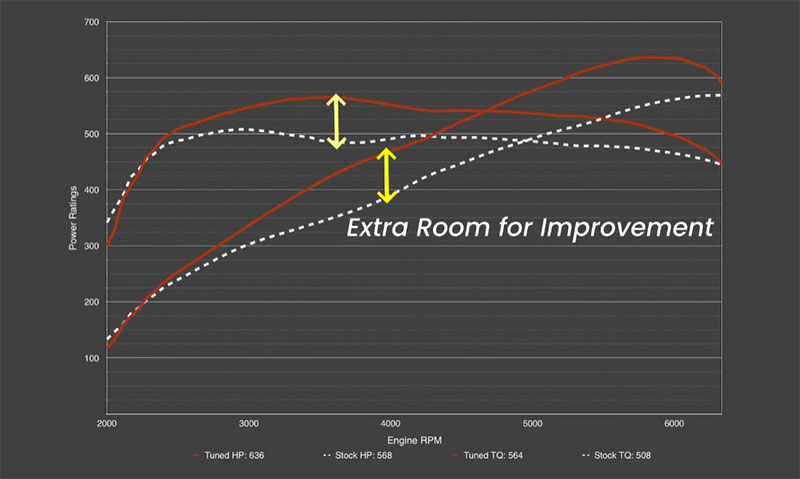
Risks & Precautions
While ECU remapping offers many benefits, there are important factors to consider:
- Potential Engine & Transmission Damage – Incorrect tuning can cause stress on the engine and drivetrain.
- Warranty & Legal Issues – Remapping may void the manufacturer’s warranty and violate emissions regulations in some regions.
- Hardware Limitations – Some vehicles may require upgraded turbochargers, fuel injectors, or cooling systems to handle aggressive tuning.
ECU Remapping for Different Vehicles
Diesel vs. Petrol Engines
- Diesel engines benefit significantly from torque gains and fuel efficiency improvements.
- Petrol engines gain increased horsepower and throttle response, especially in turbocharged models.
Turbocharged vs. Naturally Aspirated Engines
- Turbocharged engines see the most substantial performance improvements.
- Naturally aspirated engines gain modest power increases, primarily through timing and fueling adjustments.
Popular ECU Brands That Can Be Remapped
- Bosch (Common in VW, Audi, BMW, Mercedes-Benz)
- Siemens (Used in Ford, Peugeot, Citroen)
- Delphi (Found in GM, Renault, Nissan)
- Magneti Marelli (Used in Fiat, Alfa Romeo, Ferrari)
Professional vs. DIY ECU Remapping
When to Seek Professional Help
Professional tuning is recommended if you:
- Want a safe and reliable remap that won’t harm the engine.
- Need customized solutions tailored to your vehicle’s modifications.
- Require warranty and post-tuning support.
Training & Certifications for ECU Remapping
For technicians looking to specialize in ECU tuning, training courses in WinOLS, ECM Titanium, and dyno tuning are essential.
Conclusion
ECU remapping is an effective way to enhance a vehicle’s performance and efficiency. Whether you want more power, better fuel economy, or smoother drivability, a properly executed ECU remap can transform your driving experience.
Get Professional ECU Remapping with AutoExplain!
Looking for expert ECU remapping, diagnostics, or coding support? Contact AutoExplain today! 📲 WhatsApp: +1(936)2896695 for professional tuning services tailored to your needs!


Vediamo vs Xentry: What’s the Difference?
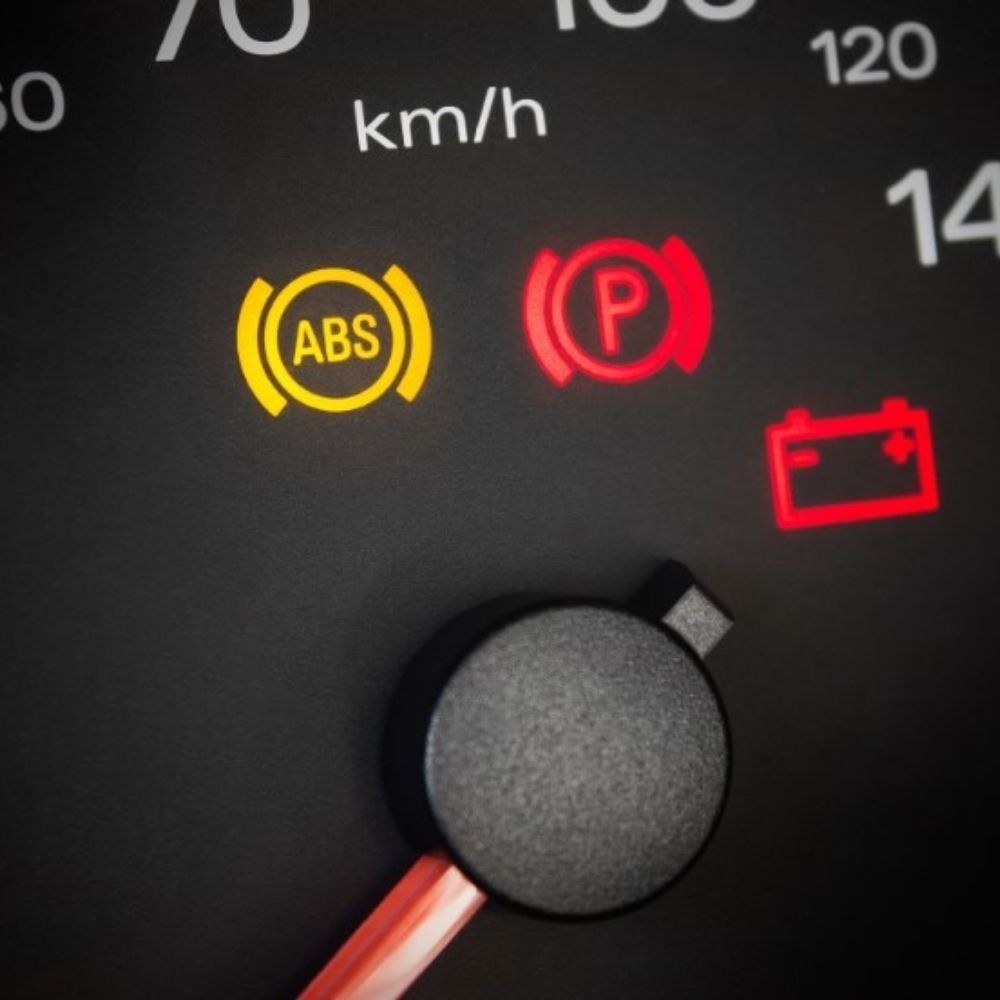
Why Did My ABS Light Come On? Four Reasons Update Latest
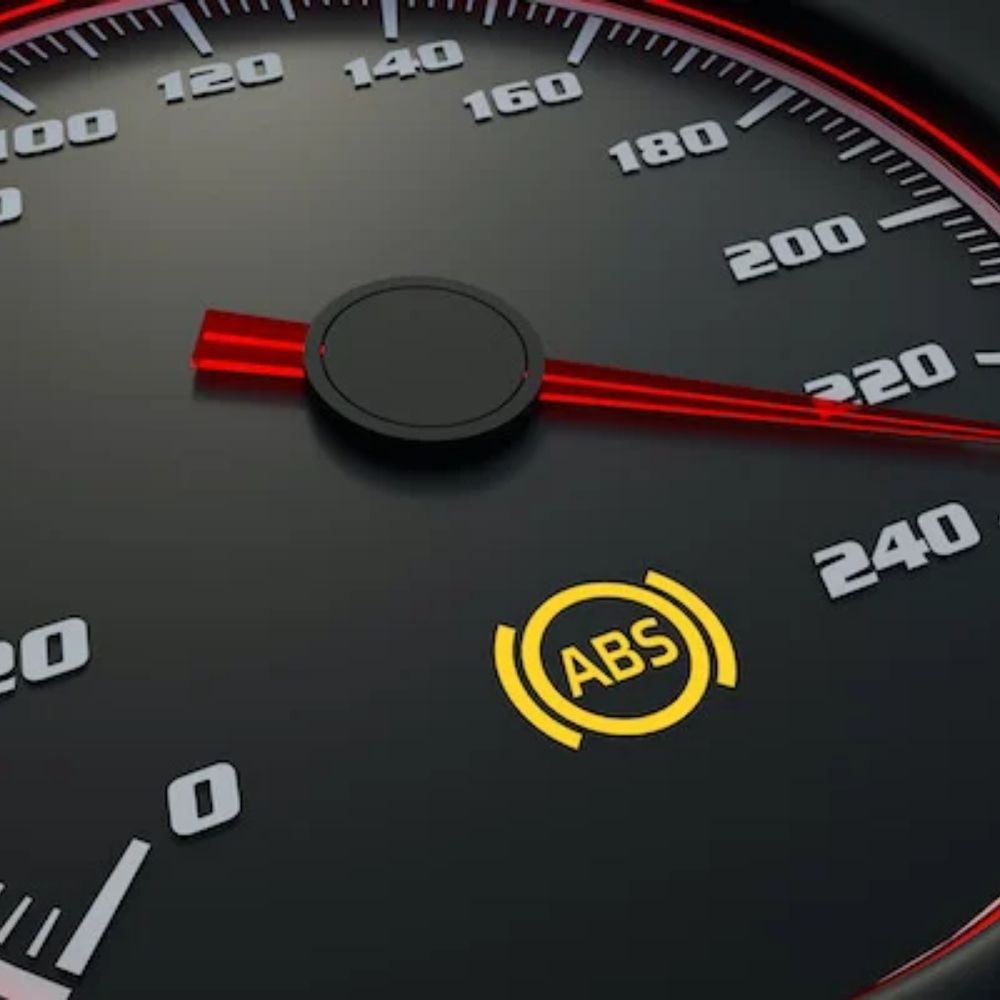
ABS Auto Brake Service – Anti-Lock Brake Service Cost



